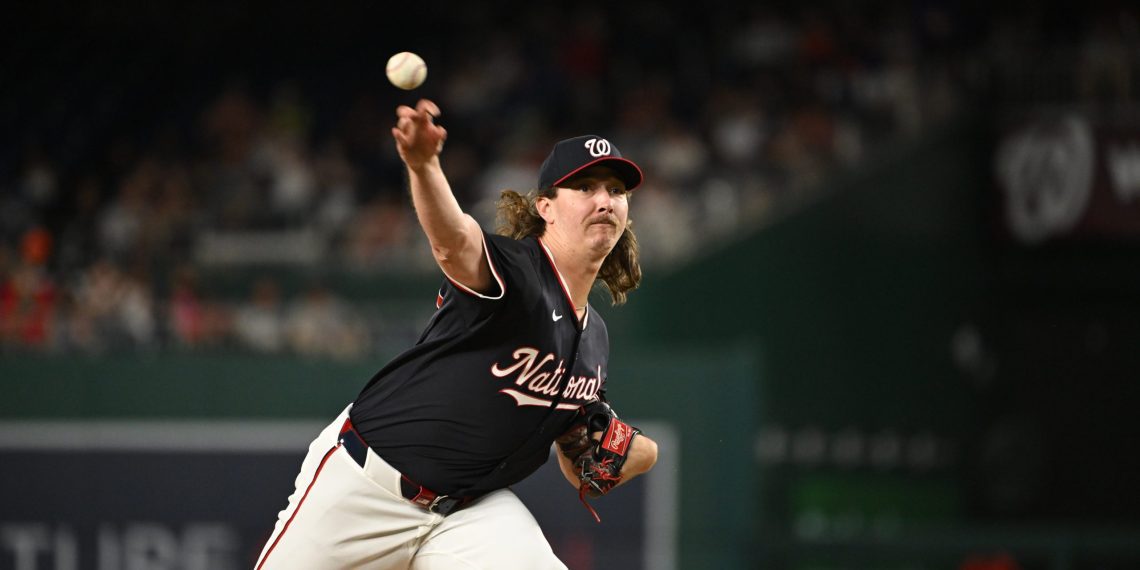Mets Explore Trade Talks: Starling Marte for Hunter Harvey
In a strategic move during the winter meetings, the New York Mets ventured into potential trade discussions involving Starling Marte and Hunter Harvey with the Kansas City Royals. This calculated maneuver aimed to optimize their roster dynamics and set the stage for the upcoming season.
Mets’ Calculations and Considerations
As the Mets navigated the intricate web of player transactions, the possibility of parting ways with Starling Marte emerged. With Marte nearing the twilight of his career at 36 and the team solidifying their outfield options with Juan Soto and Jesse Winker, exploring Marte’s trade value became a plausible scenario.
The Mets engaged in negotiations with the Kansas City Royals, contemplating a trade that would involve exchanging Marte for Hunter Harvey, a right-handed relief pitcher. While the Mets were open to absorbing a portion of Marte’s salary, the talks eventually hit a stalemate, failing to materialize into a concrete deal.
Assessing Marte’s Value and Contribution
Despite the trade discussions, the Mets continue to value Marte’s on-field prowess and offensive capabilities. Recognizing Marte’s instrumental role in their lineup, especially amid uncertainties surrounding Pete Alonso’s return, the Mets acknowledge the significance of Marte’s bat in fortifying their offensive strategies.
Marte’s performance in the previous season showcased resilience and skill, with a notable bounce-back after a brief hiatus due to a knee injury. His offensive stats underscored his impact, with a slash line of .269/.327/.388, demonstrating his ability to contribute significantly to the team’s run production.
Moreover, Marte’s postseason performance underscored his clutch factor, solidifying his position as a key player during critical game moments. His versatility and experience proved invaluable during high-stakes matchups, reinforcing his value within the Mets’ roster dynamics.
Hunter Harvey: A Potential Acquisition
On the other end of the speculated trade, Hunter Harvey emerged as a prospective addition to the Mets’ bullpen arsenal. Despite facing challenges in the previous season, Harvey’s track record and potential as a high-leverage reliever garnered interest from the Mets’ management.
Harvey’s past performances with the Washington Nationals highlighted his capabilities, showcasing a commendable ERA and strikeout rate over a substantial innings workload. His experience as a closer further accentuated his value as a potential asset in bolstering the Mets’ pitching rotation.
While Harvey’s recent stint with the Royals presented setbacks, his underlying potential and previous successes positioned him as a viable candidate for a bounce-back season. The Mets’ contemplation of integrating Harvey into their roster reflected a strategic approach towards optimizing their pitching depth and enhancing their competitive edge.
Pivoting Strategies: A.J. Minter Signing
In a strategic shift following the trade deliberations, the Mets redirected their focus towards reinforcing their bullpen by signing A.J. Minter, a seasoned lefty reliever formerly with the Atlanta Braves. The two-year, $22 million deal underscored the Mets’ commitment to fortifying their pitching staff and diversifying their relief options.
This strategic pivot highlighted the Mets’ adaptability and proactive approach in refining their roster composition. The acquisition of Minter symbolized a calculated move to address pitching needs and enhance the team’s competitive readiness for the upcoming season.
Conclusion: Navigating the Dynamics of Player Transactions
As the Mets navigated the nuances of player transactions and roster optimization, the exploration of trade talks involving Starling Marte and Hunter Harvey exemplified the team’s strategic foresight and commitment to refining their lineup dynamics. While the trade discussions may have reached an impasse, the Mets’ subsequent signings underscored their proactive stance in fortifying their roster for the challenges ahead.









